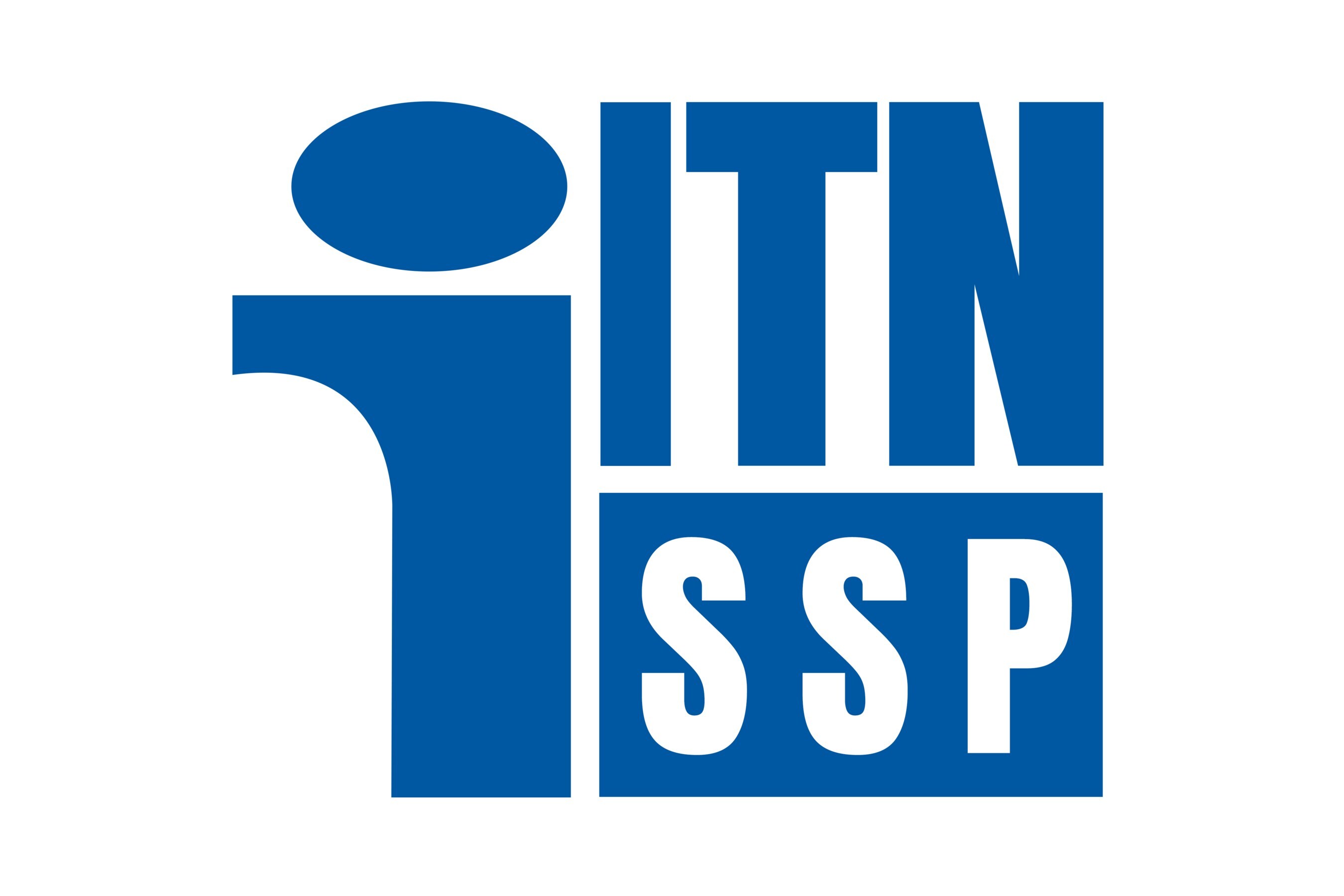Spectrum Worries From a Different Direction
James O' Neal is the Technology Editor of TV Technology.
As if broadcasters didn't have enough on their plates, a new issue is getting publicity and could affect the way we do things. I'm speaking of the allocation of some spectrum in the L-band region to a Virginia-based company—dba LightSquared—for construction of a wideband 4G communications system. Thousands of cell sites are planned in the ultimate deployment of this wireless network.
So you're saying, how does this affect me? Shouldn't I be more worried about the much publicized 120 MHz land grab plan in the UHF broadcast region?
Well, yes and no.
One of the frequency bands planned for use in this 4G rollout spans 1525 to 1559 MHz.
You may ask, isn't that quite a ways from the 950 MHz to 1450 MHz IF range that's used with my sat receivers?
Yes, but if you're tuned in to GPS technology, you'll instantly recognize that it's right below the 1559 to 1610 MHz spectrum chunk where GPS operates. And to some, this is a bit too close for comfort, even though LightSquared folks say they can solve any and all problems with filters. (Now, where have I heard that before?)
Garmin, one of the big purveyors of GPS technology, was naturally a bit curious about this and decided to do their own testing to see what might happen when LightSquared (or anyone else) fired up on GPS-adjacent frequencies. A full report of their findings was hand-carried to the Commission on Jan. 20 this year, and contains some interesting reading.
Here's part of the executive summary:
In careful, experimental testing at Garmin using the technical details (power, frequency, modulation bandwidth) of the proposed LightSquared system, two common state-of-the-art Garmin GPS receivers experienced significant jamming within a radius of several miles from a simulated LightSquared transmitter.
The report, titled "Experimental Evidence of Wide Area GPS Jamming That Will Result from LightSquared's Proposal to Convert Portions of L band 1 to High Power Terrestrial Broadband," states that one of Garmin's consumer GPS models was knocked for a loop at a distance of 3.6 miles and that it "lost a fix" at 0.66 miles from the interfering transmitter. In another run, Garmin's GNS 430w FAA-certified general aviation navigational receiver began to experience problems at slightly less than 14 miles from the G4 transmitter simulator, and was completely wiped out, nav fix-wise, at 5.6 miles from the interfering RF test source.
The Garmin report noted that LightSquared's business plan calls ultimately for operation of as many as 40,000 high-power transmitters, with outputs of more than 15,000 watts at a site. In amplifying on this, Garmin stated:
"The operation of so many high powered transmitters so close in frequency to the GPS operating frequency (1575.42 MHz) will create a disastrous interference problem for GPS receiver operation to the point where GPS receivers will cease to operate (complete loss of fix) when in the vicinity of these transmitters."
So, as a broadcaster how does this affect you if and when LightSquared does deploy its full system?
Your first inclination may be that it's just a simple notice to your news department folks that they might have to fall back to Google Maps to get to some of their assigned stories. However, there could potentially be a lot more at stake.
If a LightSquared transmitter site gets built close enough to your operation and something should go wrong, despite LightSquared's pleadings that they won't (40,000 sites are a lot to monitor and keep maintained), you could have problems of a more direct nature.
Most master clock systems lock themselves up with GPS to ensure accurate time. If your clock reference source "loses fix," then your station clocks are going to start drifting. This could cause some very sloppy network "joins." Also, if you're running "lights-out" automation, problems could be even more severe before the cause was detected. I can also envision some fallout in editing operations from timecode generators getting the wrong time-of-day reference.
If you have a sat truck, how does the operator do aimings for uplinks? With those "just push a button" systems that automatically determine vehicle location and then direct the dish at your satellite of choice, operations could be a bit problematic if the truck is parked within the "jamming" distance from a terrestrial GPS-interference source. Even if you're doing manual aiming and setup, not having accurate latitude and longitude information from a GPS receiver could require some extra effort on the truck operator's part.
Drilling into loss-of-GPS scenarios just a bit deeper, possible loss of the 20 UHF channels mentioned earlier, could well force fairly wide adoption of single frequency networks to allow broadcasters to provide service with fewer channels. The fly in the ointment here is that the multiple transmitters in an SFN have to be locked to a common reference, and the reference of choice here is GPS.
The really big "gotcha" could be in the successful deployment of Mobile DTV, which is very much dependent on GPS reference.
These are some of the areas that come to mind in which a modern broadcast facility depends on GPS technology. You can probably think of several more.
I certainly wish LightSquared well, as I'm a firm believer in free enterprise. I also recognize the problems that this company, or anyone else, has had or is having in locating RF spectrum for any use these days. However, I'm also concerned that this FCC bless-off just may be a little too close for comfort and could potentially impact many more users of an established technology—including broadcasters—than anything else that's surfaced in recent years.
Time will tell.
The professional video industry's #1 source for news, trends and product and tech information. Sign up below.
